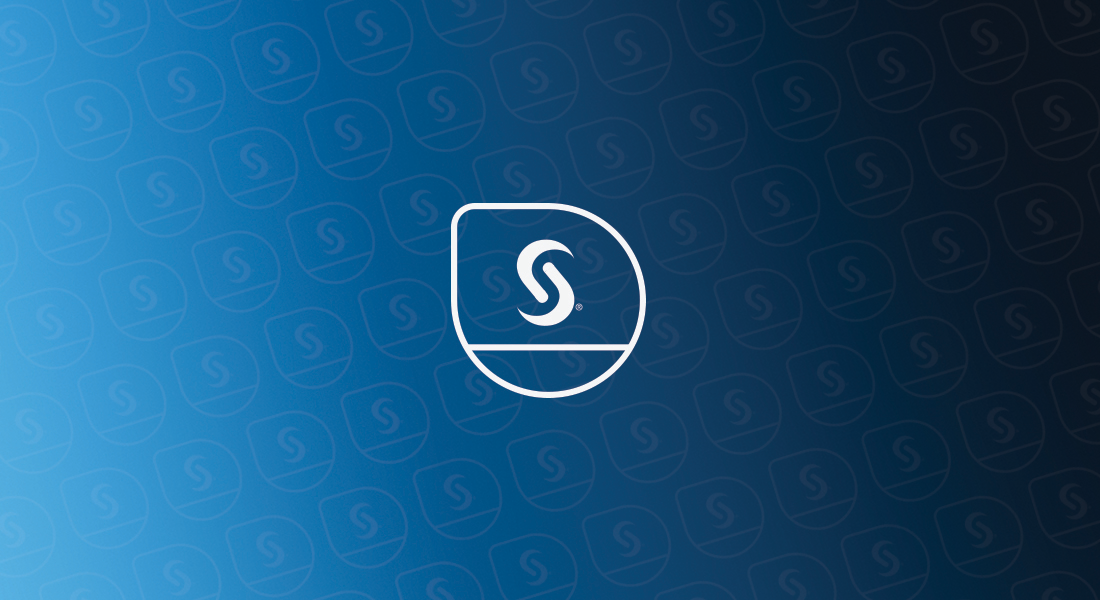
I've known several people who were raised during the Great Depression, and I've observed that they are very mindful of waste. My wife's grandmother used to save plastic bags, twist ties, and relatively clean aluminum foil for potential reuse in the household -- because such materials were once scarce. The




